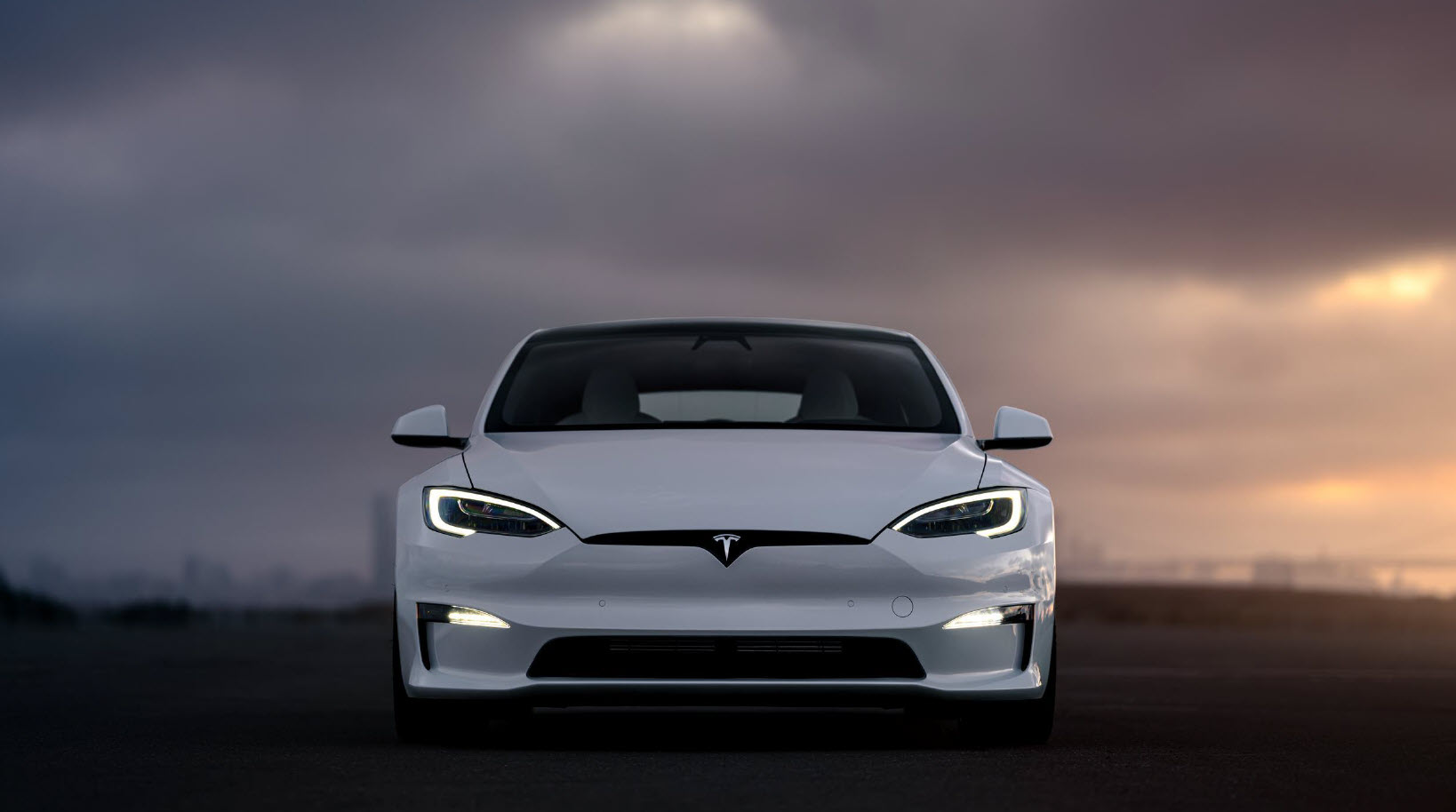This is a 100% suspension geometry issue, and until that changes it will continue to be a problem. The angle of the axels is asymmetrical at all drive heights and has a maximum operating angle that never exceeds 54 degrees on outboard joints, usually 47 to 54 is what is put in most cars on the outboard joints and 22-31 degrees on inboard joints. The higher the degree range of operating angle the more cyclic vibration. This is why in low suspension setting the vibration can be eliminated. I am going to assume the problem is entirely the inboard joints that are being pushed beyond 31 degrees of movement and are prematurely failing. The fix to replace a clevis mount that allows sideways movement isn't the right answer, the axel has to be able to extend and compress or it will wear out even faster. If I was to bet what is causing the problem, it is the motor itself moving and putting stress on the right inner joint, until you solve for that, I don't see a resolution.





